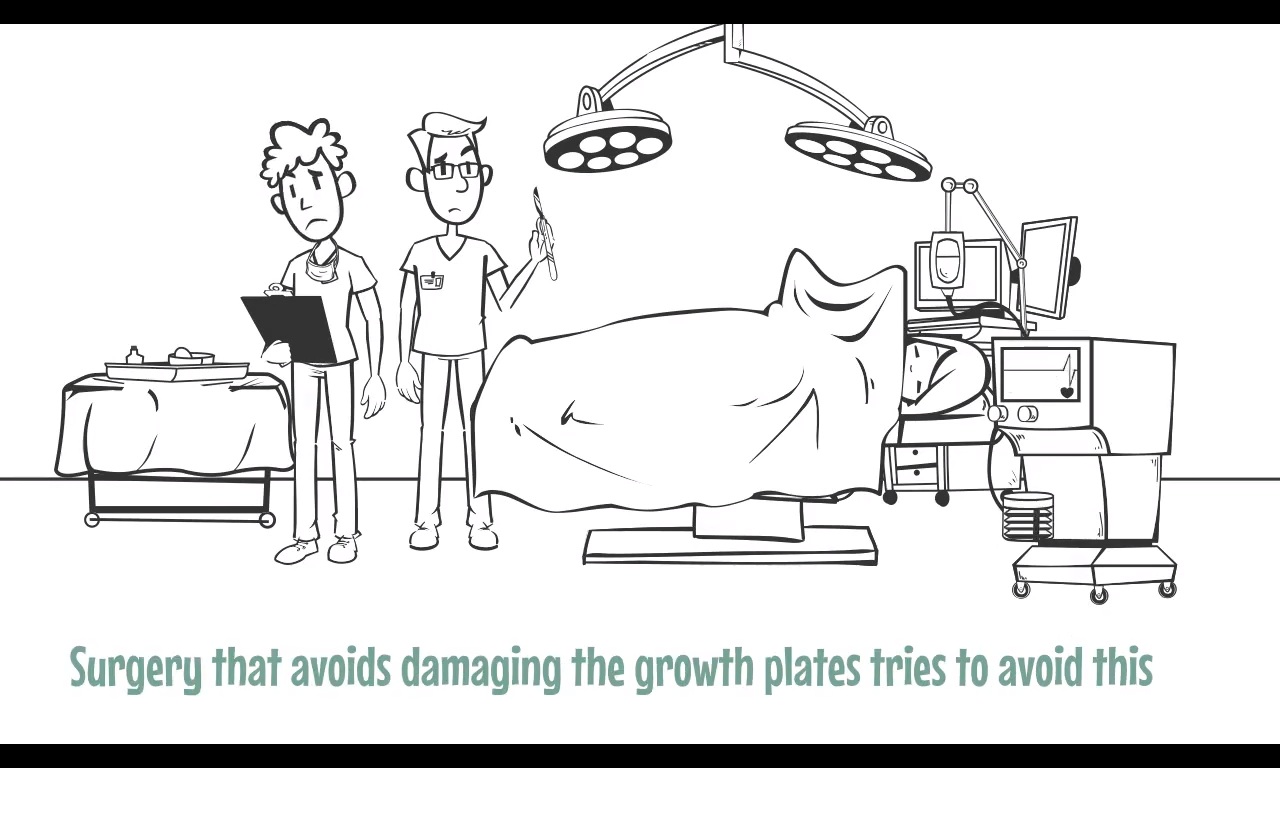Courtesy: The Bone and Joint Journal
Aims
Anterior cruciate ligament (ACL) surgery in children and the adolescent population has increased steadily over recent years. We used a national database to look at trends in ACL reconstruction and rates of serious complications, growth disturbance, and revision surgery, over 20 years.
Methods
All hospital episodes for patients undergoing ACL reconstruction, under the age of 20 years, between 1 April 1997 and 31 March 2017, were extracted by procedure code from the national Hospital Episode Statistics (HES). Population standardized rates of intervention were determined by age group and year of treatment. Subsequent rates of serious complications including reoperation for infection, growth disturbance (osteotomy, epiphysiodesis), revision reconstruction, and/or contralateral ACL reconstruction rates were determined.
Results
Over the 20 year period, 16,125 ACL reconstructions were included. The mean age of patients was 16.9 years (SD 2.0; 27.1% female, n = 4,374/16,125). The majority of procedures were observed in the 15 to 19 years age group. The rate of ACL reconstruction increased 29-fold from 1997 to 1998, to 2016 to 2017. Within 90 days of ACL reconstruction, the rate of reoperation for infection was 0.31% (95% confidence interval (CI) 0.23 to 0.41, n = 50/16,125) and the rate of pulmonary embolism was 0.037% (95%.CI 0.014 to 0.081, n = 6/16,125). Of those with minimum five-year follow-up following ACL reconstruction (n = 7,585), 1.00% of patients subsequently underwent an osteotomy (95% CI 0.79 to 1.25, n = 76/7,585), 0.09% an epiphysiodesis (95% CI 0.04 to 0.19, n = 7/7,585), 7.46% revision ACL reconstruction (95% CI 6.88 to 8.08, n = 566/7,585), and 6.37% contralateral ACL reconstruction (95% CI 5.83 to 6.94, n = 483/7,585).
Conclusion
Rates of paediatric and adolescent ACL reconstruction have increased 29-fold over the last 20 years. Despite the increasing rate in the younger population, the risk of serious complications, including further surgery for growth disturbance is very low. The results of our study provide a point of reference for shared decision making in the management of ACL injury in the paediatric and adolescent population.
Cite this article: Bone Joint J 2020;102-B(2):239–245.

Leave a Reply